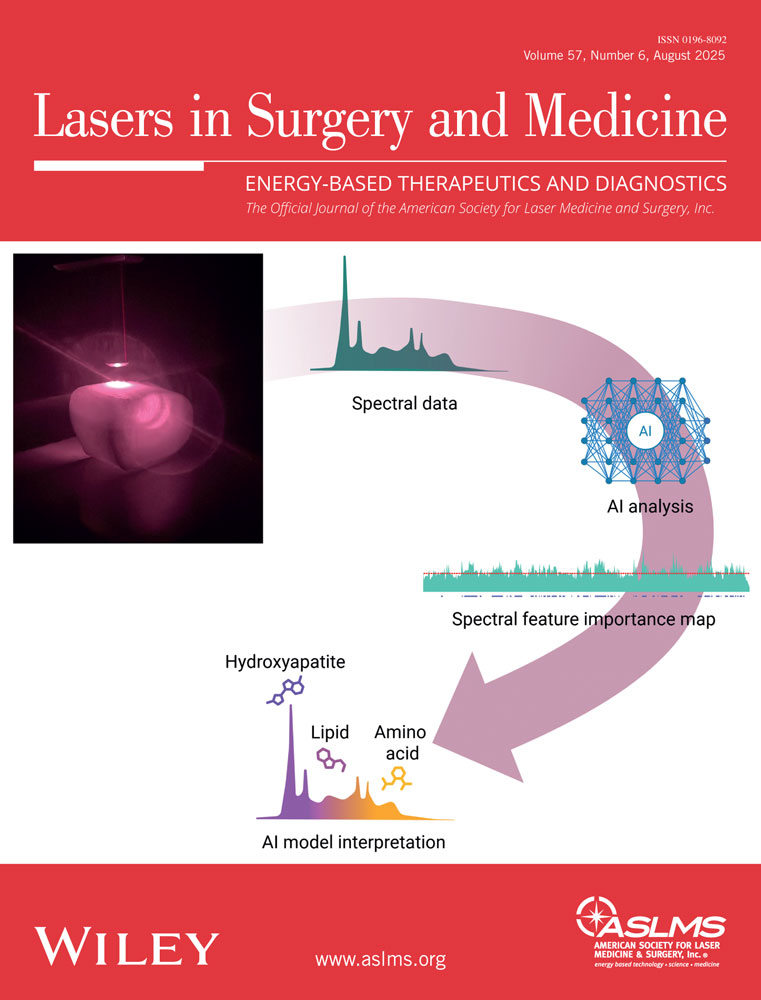Cryogen spray cooling efficiency: Improvement of port wine stain laser therapy through multiple-intermittent cryogen spurts and laser pulses
Abstract
Background and Objectives
Cryogen spray cooling (CSC) is used to minimize the risk of epidermal damage during laser treatment of port wine stain (PWS) birthmarks. Unfortunately, CSC may not provide the necessary protection for patients with high concentrations of epidermal melanin. The objectives of this study are to: (1) provide a definition of cooling efficiency (η) based on the amount of heat removed per unit area of skin for a given cooling time; (2) using this definition, establish the η of previously reported spray nozzles; (3) identify the maximum benefit expected in PWS laser therapy based solely on improvement of η; and (4) study the feasibility of using multiple-intermittent cryogen spurts and laser pulses to improve PWS laser therapy.
Study Design/Materials and Methods
A theoretical definition to quantify η is introduced. Subsequently, finite difference heat diffusion and Monte Carlo light distribution models are used to study the spatial and temporal temperature distributions in PWS skin considering: (1) the current approach to PWS laser therapy consisting of a single cryogen spurt followed by a single pulsed dye laser exposure (SCS-SLP approach); and (2) multiple cryogen spurts and laser pulses (MCS-MLP approach). At the same time, an Arrhenius-type kinetic model is used to compute the epidermal and PWS thermal damages (ΩE and ΩPWS, respectively) for a high epidermal melanin concentration (20%), corresponding to skin types V–VI.
Results
The η corresponding to a wide range of heat transfer coefficients (h) is quantified. For reported CSC nozzle devices η varies from 40 to 98%. Using the SCS-SLP approach, it is shown that even η = 100% cannot prevent excessive ΩE for a skin types V–VI. In contrast, the MCS-MLP approach provides adequate epidermal protection while permitting PWS photocoagulation for the same skin types.
Conclusions
The new proposed definition allows to compute the cooling efficiency of CSC nozzle devices. Computer models have been developed and used to show that the SCS-SLP approach will not provide adequate epidermal protection for darker skin patients (skin types V–VI), even for η = 100%. In contrast, the MCS-MLP approach may be a viable solution to improve PWS laser therapy for darker skin patients. Lasers Surg. Med. 31:27–35, 2002. © 2002 Wiley-Liss, Inc.




